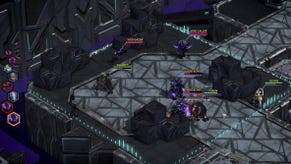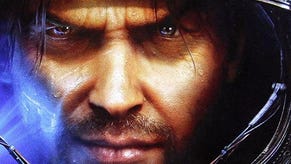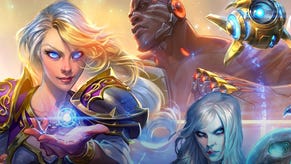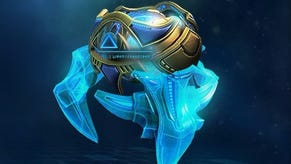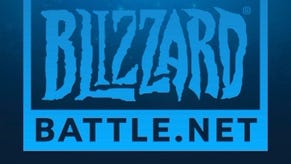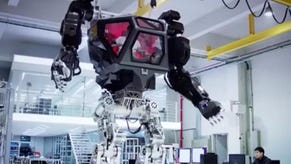StarCraft II: Heart of the Swarm
We got the HotS for it.
Think of the StarCraft series, and you think of multiplayer. Its single-player campaigns are unavoidably overshadowed by the competitive scene, and news that Heart of the Swarm's reveal would be exclusively single-player leads to an irresistible question. Just how important is StarCraft's lore and single-player to StarCraft's fans?
"Incredibly important," begins Dustin Browder, the lead designer of StarCraft II. "And I'll tell you what: I think most of the press ends up reporting on the multiplayer because that is what their fans are reading. But I know that most players just play the campaign. So there's a bit of a disconnect there between what we're talking about and what we're actually doing - a huge percentage of our players are coming just for the campaign."
A huge percentage? "I don't know the exact percentages off the top of my head, but I do know it's well over 80 per cent that play significantly into the campaign." Browder later clarifies that figure, saying he doesn't know exactly how many of Wings of Liberty's players play single-player only, or when they dip into the multiplayer, but his point remains: the perception of StarCraft as multiplayer-only just isn't borne out by the stats. For a silent majority of players, the campaign is a Very Big Deal indeed.
Heart of the Swarm, the second of what will eventually be three StarCraft II games, makes more sense in this context, because the switch to the Zerg as central characters has brought profound change to the campaign: this is now a hero-led RTS. Series staple Sarah Kerrigan, AKA the Queen of Blades AKA the genocidal Zerg leader, is the central focus and player-controlled character throughout HotS (and what a lovely initialism that is).
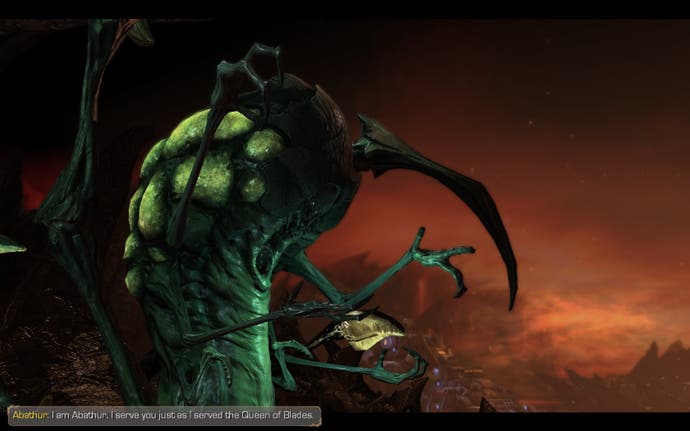
This is a massive change. It would be easy to describe it in the context of hero-RTS archetype Defense of the Ancients or recent competitors like Heroes of Newerth, but the driving force here is internal. Wings of Liberty's campaign, as diverse and detailed as it was, did double service as single-player and as 'my first multiplayer trainer'. It was overshadowed by multiplayer, partially at least, because it was so similar in its mechanics.
StarCraft's central character, and the focus of Wings of Liberty, is Jim Raynor - but he's just an ex-marshal with a battle cruiser and a can-do attitude. Kerrigan's scale is different. The entire Protoss race and Terran Dominion want her dead, and she happens to be the most powerful psionic creature in the universe, one who can control the entire Zerg species. As Raynor, you jump from planet to planet, pirating supplies and executing guerilla strikes. It's a merc's life. As Kerrigan, planets exist to be conquered, and death is a minor inconvenience.
Kerrigan will be a constant throughout the missions with an individual tech tree: an on-field general that can tip battles and dictate engagements. "She's definitely the centre of most activity on the battlefield," says Browder. "It's fun to have that kind of power and now the lore supports it - whereas Raynor couldn't realistically stand up to 27 siege tanks, Kerrigan can. It matches the lore and at the same time lets us create a new gameplay experience so the player really feels they're getting something new, new types of challenges and things to accomplish."
The teaser [above] suggests that, following Wings of Liberty's conclusion, the Terrans have tried to imprison her, and it's worked out as you'd expect: badly. In-game, she's physically human, as opposed to the infested version of her in Wings of Liberty, and is controlled like any other caster unit. The difference is in power.
Before missions, Kerrigan's 'Battle Focus' (read: upgrade tree) can be set to either Specs Ops or Corruption, both of which grant active and passive abilities. The Corruption path is more instantly fun, built around a brilliant ability: Spawn Broodlings, which instantly kills a targeted non-massive enemy unit and spawns five Broodlings (tiny bundles of tooth and claw) from the corpse.



